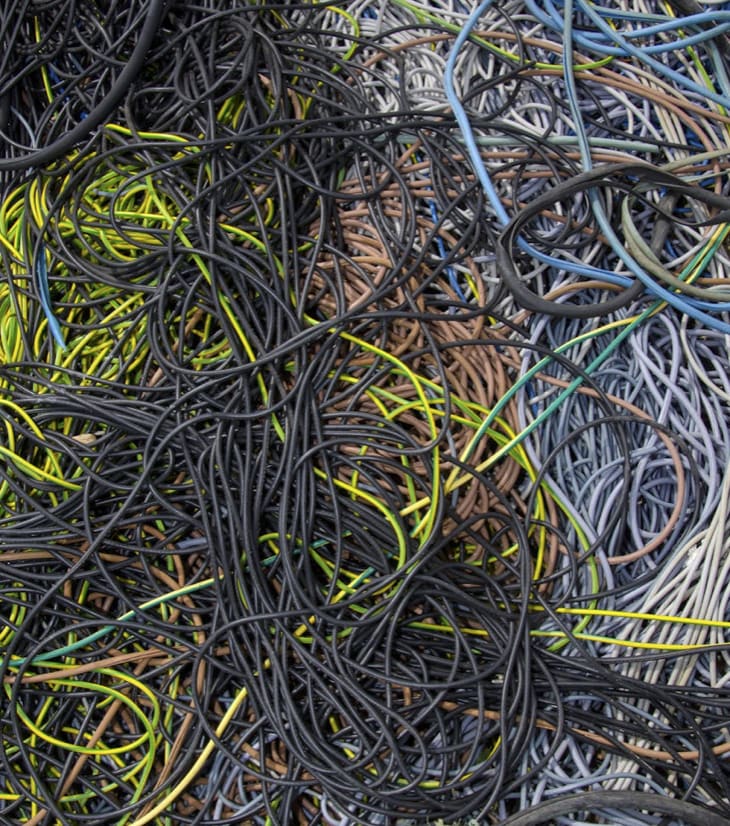Connectivity
Audio and video delivery infrastructure
Aside from an enduring interest in photography I have never really had much interest in producing audio or video. I am careful here to not simply say media and it is probably worth me clarifying that I included the written word as being part of media. So I write and take pictures but playing music, drawing, or film are all outside of my wheelhouse. Frankly, photoshop is too as my editing abilities are more at the level of paintbrush or mspaint. My father was a technical kind of guy who enjoyed audio video mostly but he took enough pictures to tell if he was successful in repairing the occasional SLR. Though his musical tastes didn’t cross too many genres, his love of the underlying technology ensured a collection of wires and devices which would perpetually annoy Mom. She’d frequently ask if all those wires were really necessary.
Besides the typical am/fm receiver and phonograph Dad also acquired other components such as 8-track players, stereo-cassette players, and a couple of good reel-to-reels. Yes, I do mean plural. He enjoyed creating extended play reels and listening for hours. I seem to have inherited his love of media infrastructure, including typewriters, even if my musical tastes weren’t always similar. Perhaps I should attribute all those wires and devices for creating the mental connections that influenced my career - building media processing and delivery systems.
Complication has always existed in these systems. Impedance, connector types, wire gauges, signal channels, power-levels, and interference. Between those devices, within those wires, the complication was minimized. Consumer players were aligned to the media format and had minimal playback settings outside of audio settings. Mom wasn’t the only one that didn’t like the wires. With increased mobility, devices proliferated. In relatively short time media playback went from straightforward complication to becoming complex. Thankfully for most, this complexity becomes abstracted away. Increasingly today, the complexity of competing audio and video formats and standards, compression algorithms, modulation schemes, instruction sets, encoders and decoders, digital rights management, and identity is packaged nicely in a shiny device with a slick user-interface.
Meanwhile, in my own living room, I still have the components, the floor standing speakers, and wires.



I like the way you have framed those old piles of wires as both nuisance and inspiration (also I still easily have three boxes of cables hiding in my office, though i think i finally got rid of my reel to reel set up). What strikes me is that we did not really get rid of the complexity, we just buried it. Impedance and gauges have turned into protocols, cloud layers, and software stacks. The abstraction makes the mess less visible in the living room, but it has not gone away. If anything, it multiplied behind a slick interfaces.